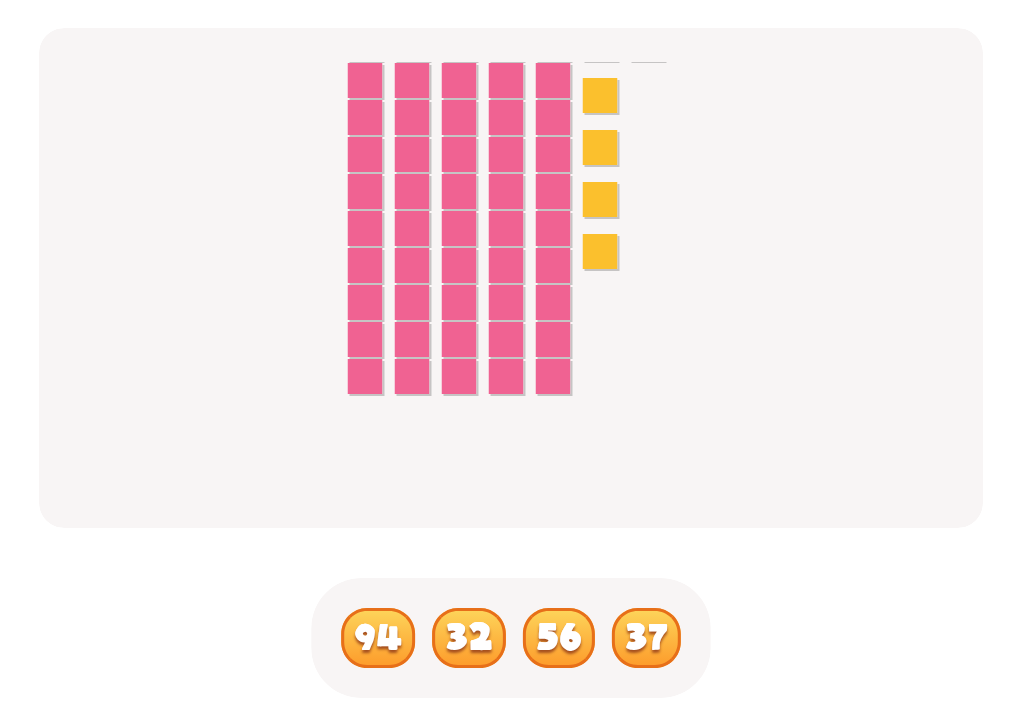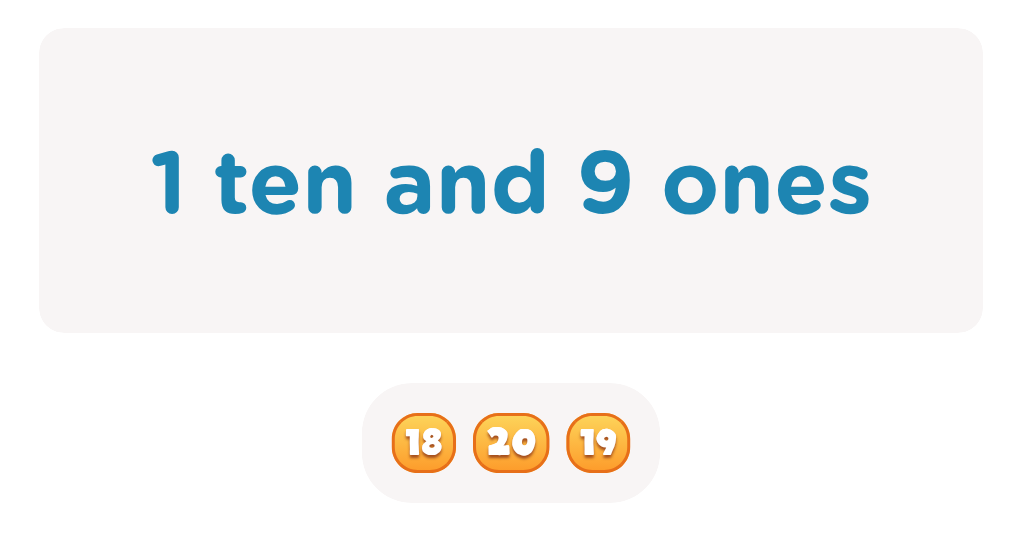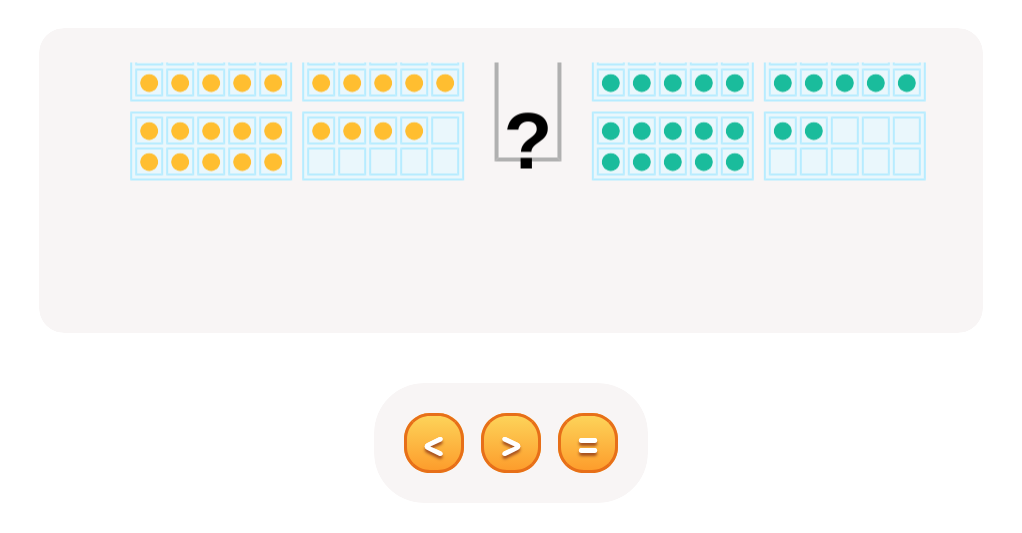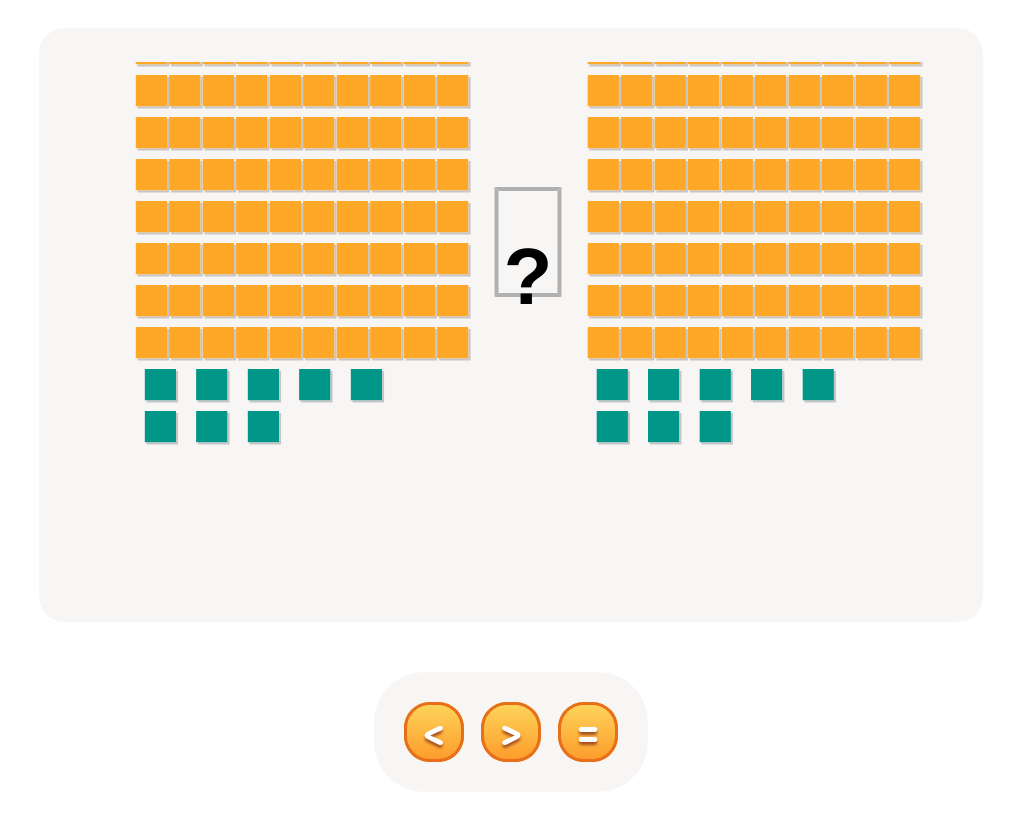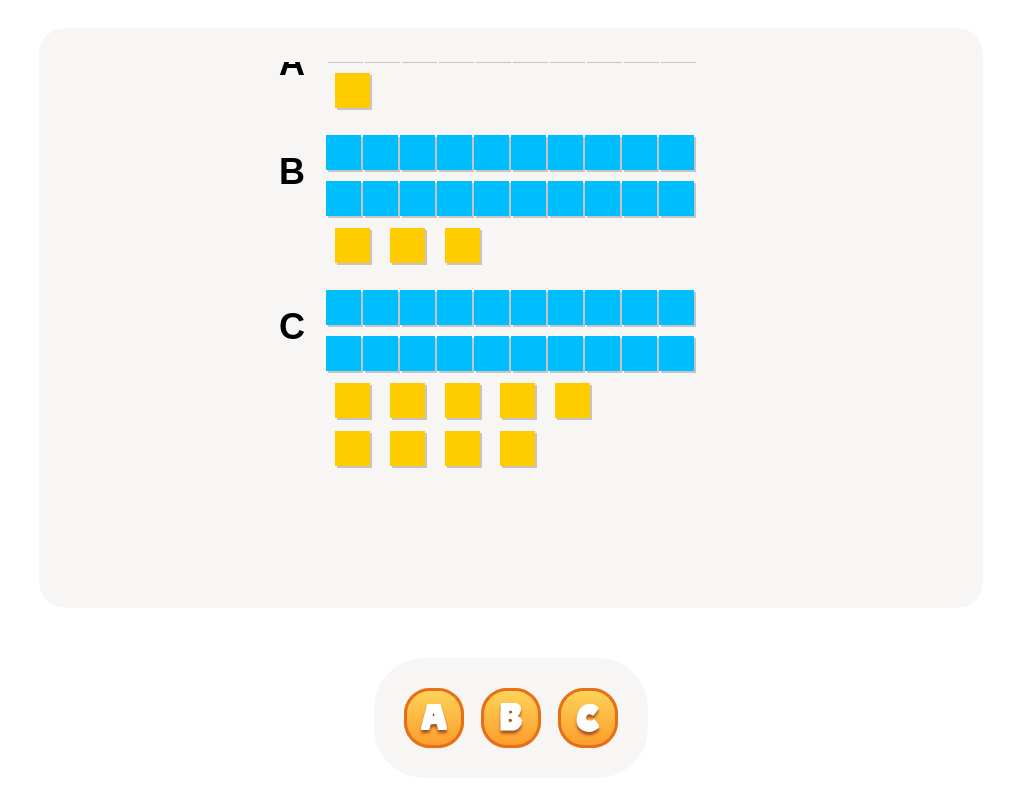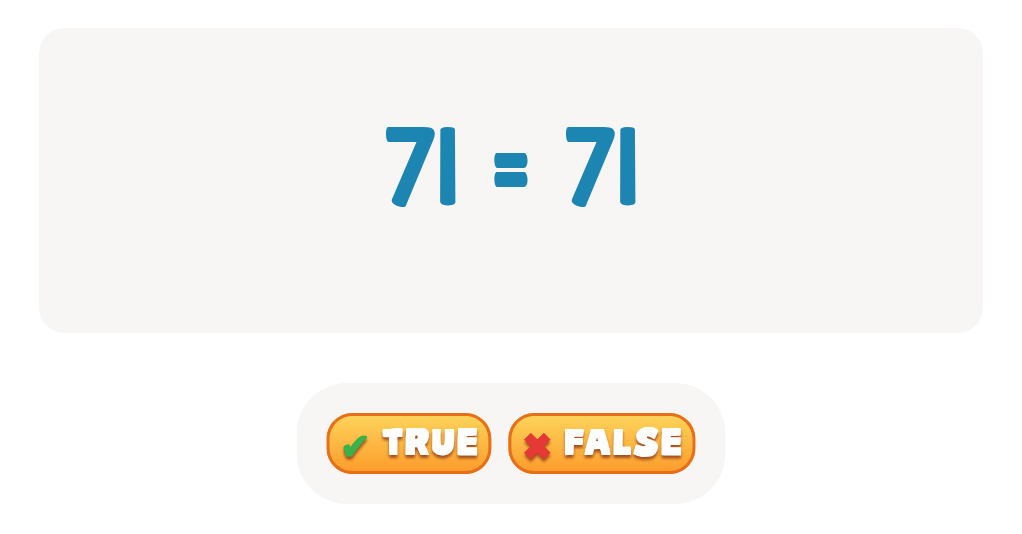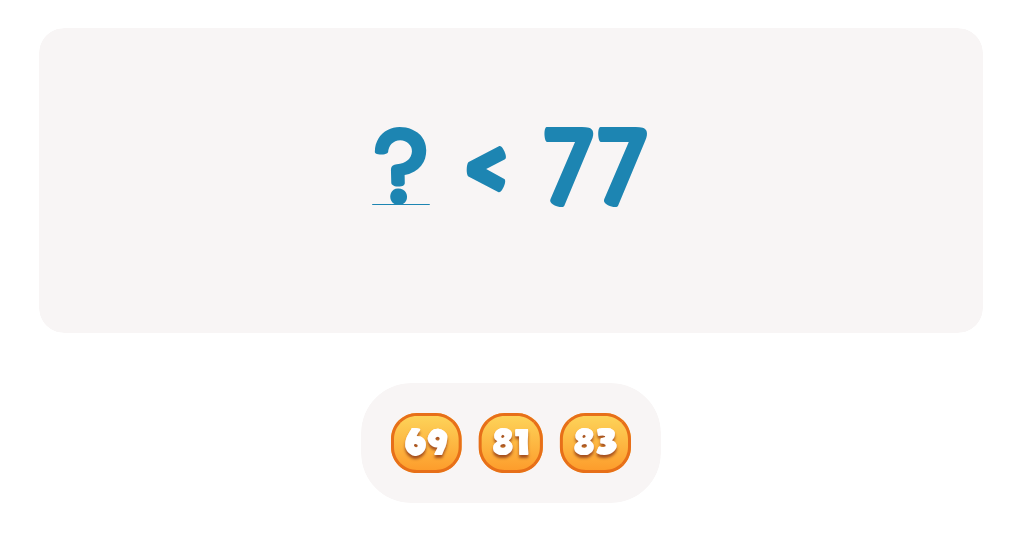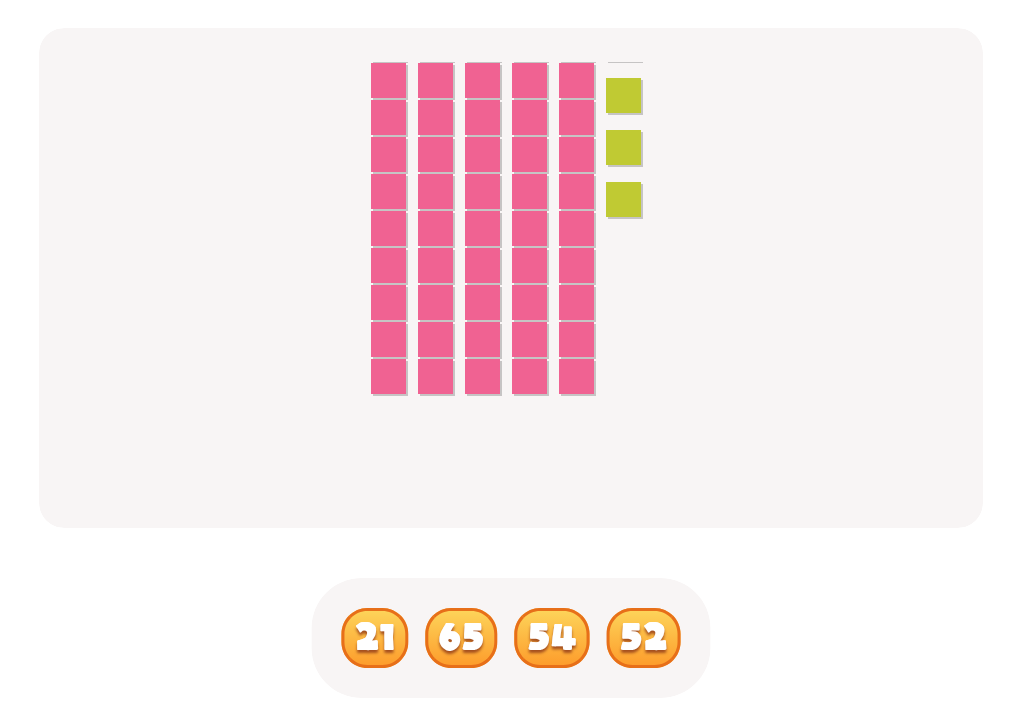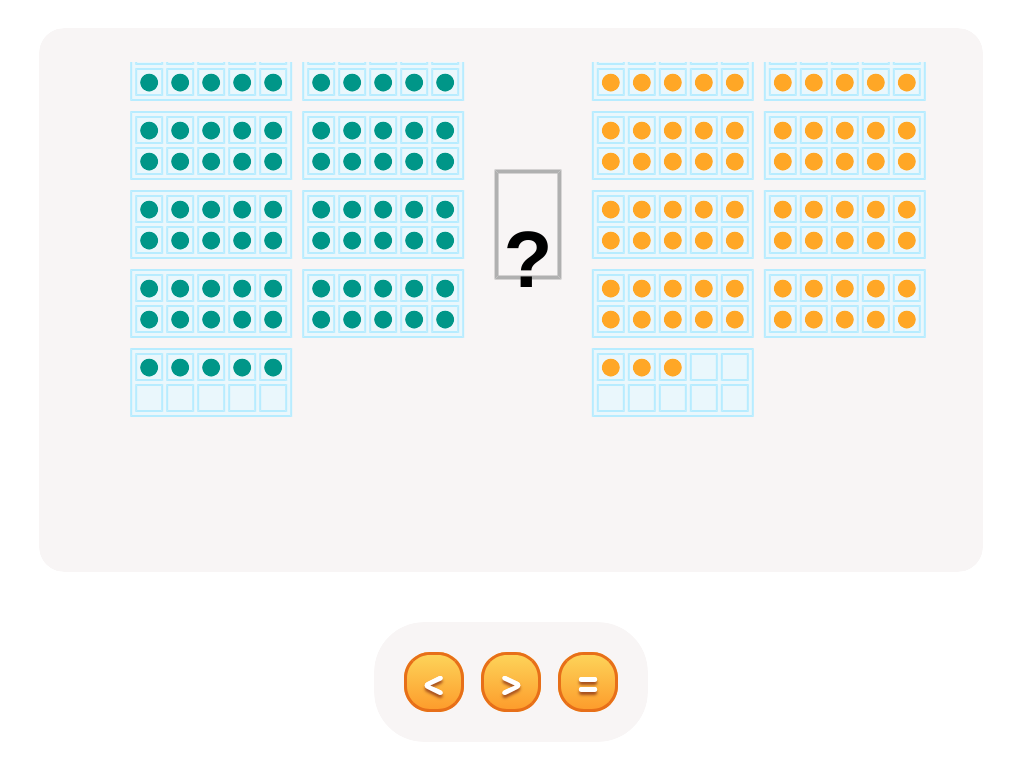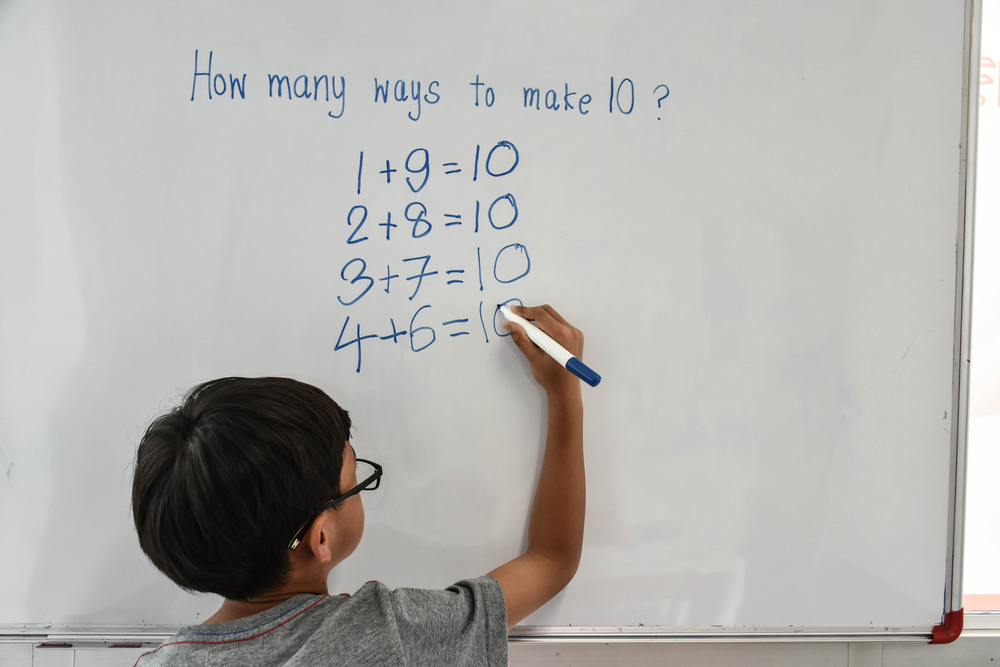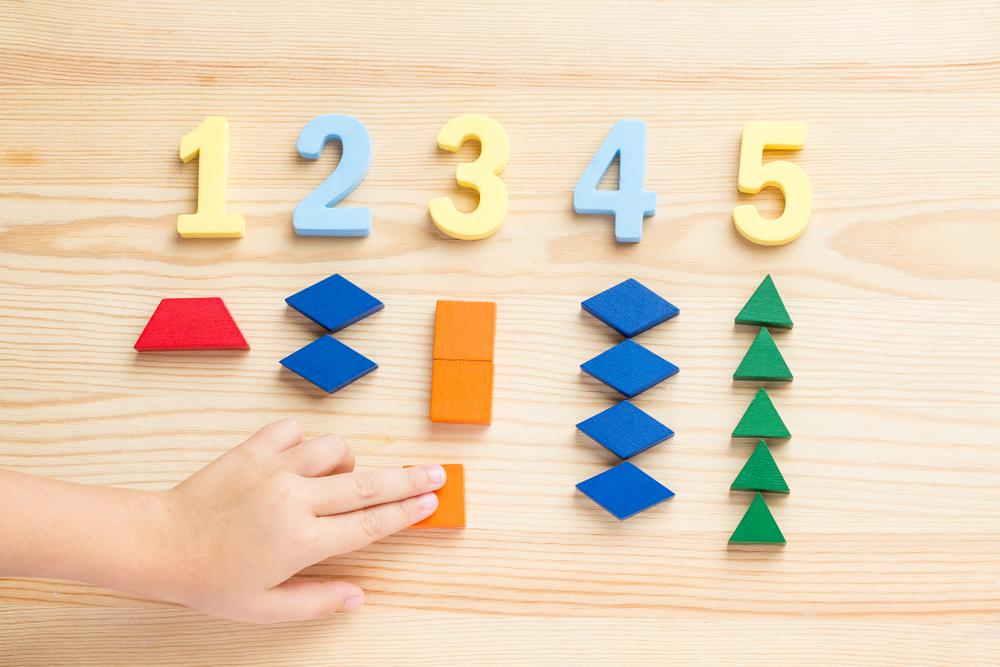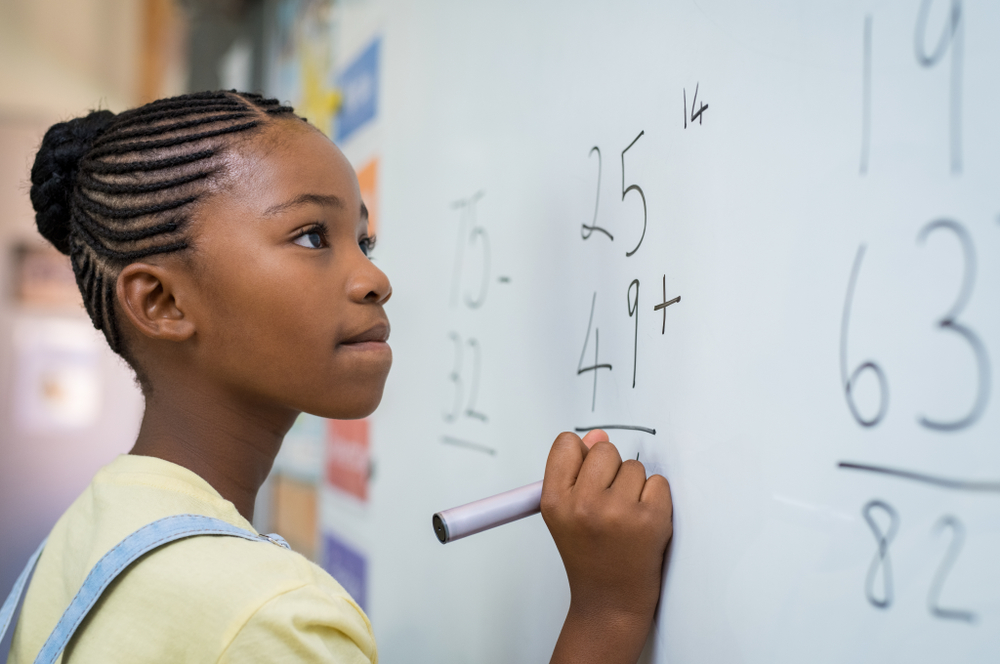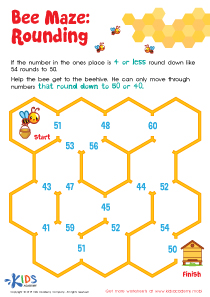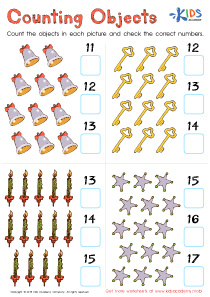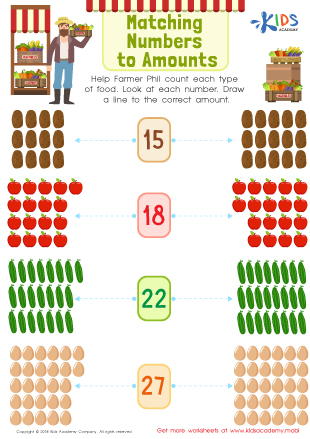Addition Practice Normal Place Value Worksheets for Ages 5-7
5 filtered results
-
From - To
Introducing our Addition Practice Normal Place Value Worksheets for ages 5-7! These engaging worksheets are designed to help young learners solidify their addition skills while understanding place value concepts. Featuring colorful graphics and age-appropriate exercises, they make practicing math fun and effective. Children will explore one-digit and two-digit addition problems, boosting their confidence and numeracy skills. Perfect for both classroom and home use, these worksheets promote independence and are easy to print. Empower your child to develop a strong mathematical foundation with our targeted addition practice resources. Start their math journey today and watch them thrive!
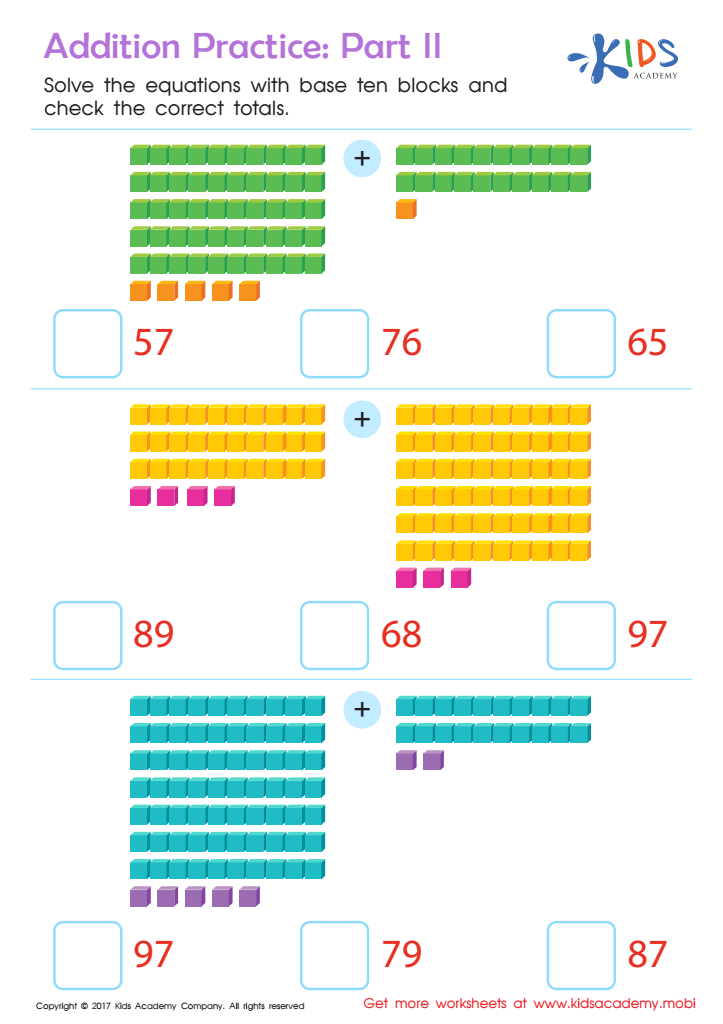

Addition Practice Sheet: Part 2
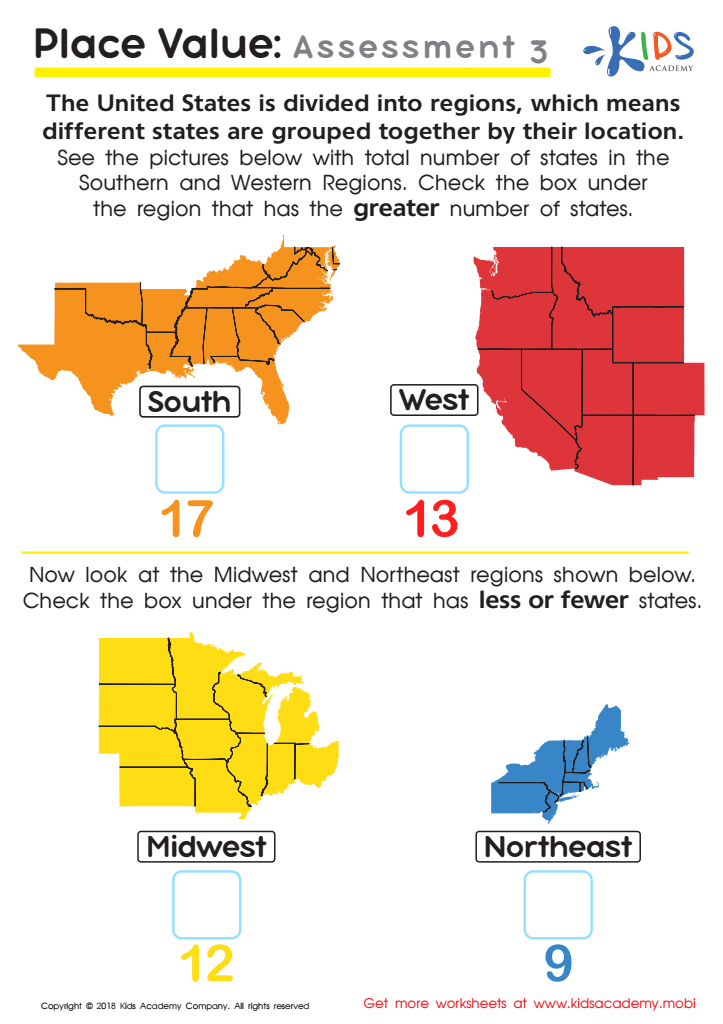

Place Value: Assessment 3 Worksheet
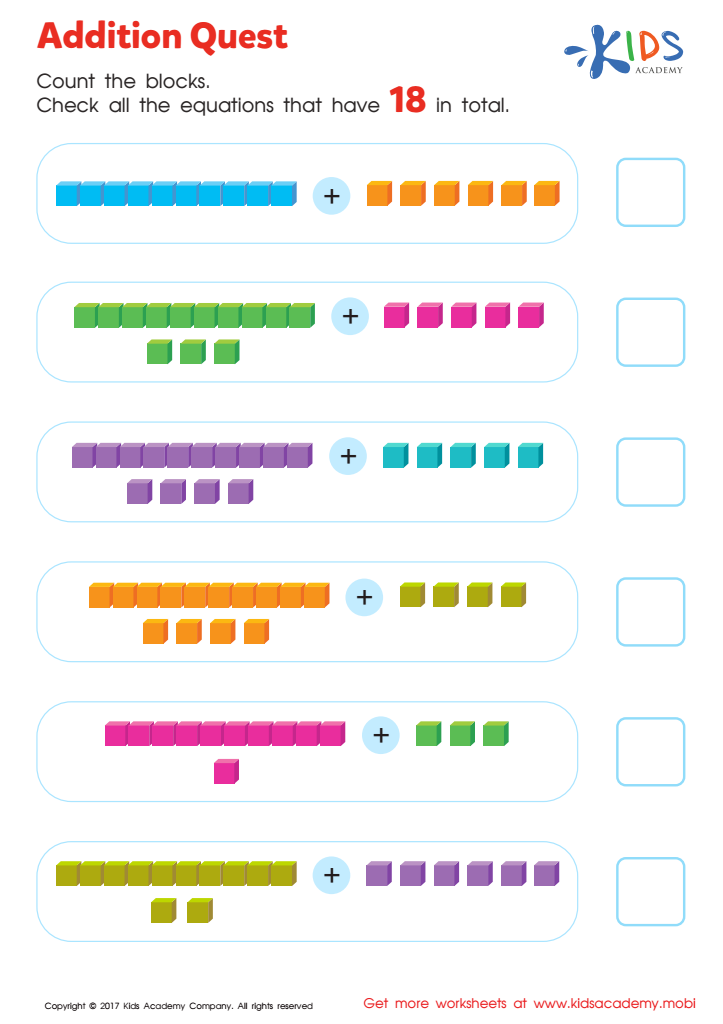

Addition Quest Worksheet: Part 2
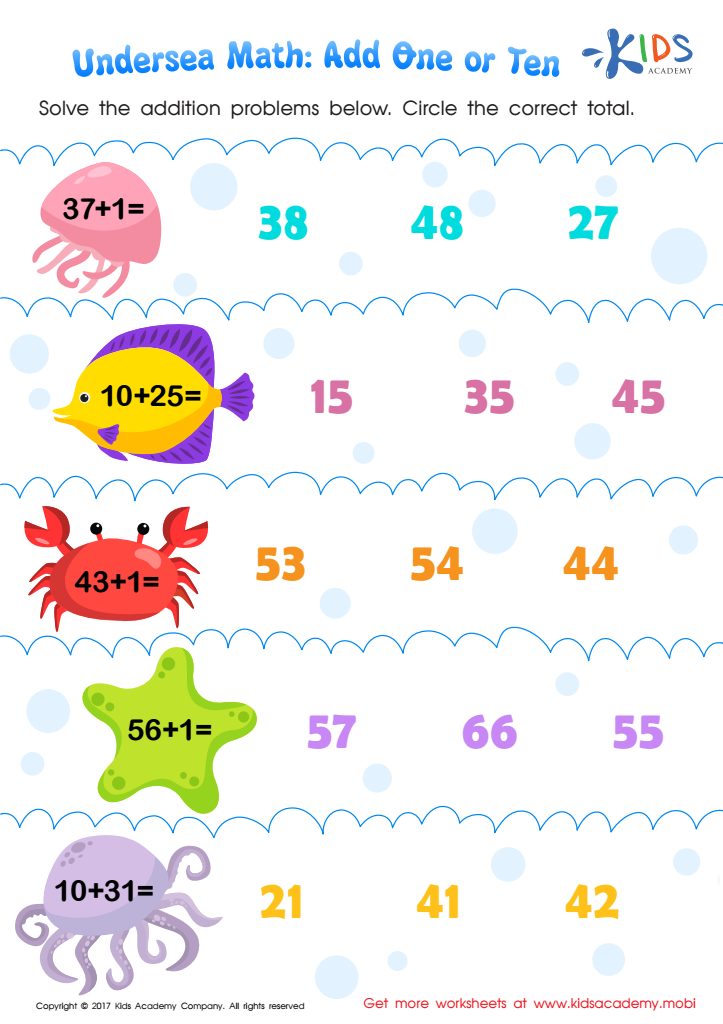

Undersea Math Worksheet
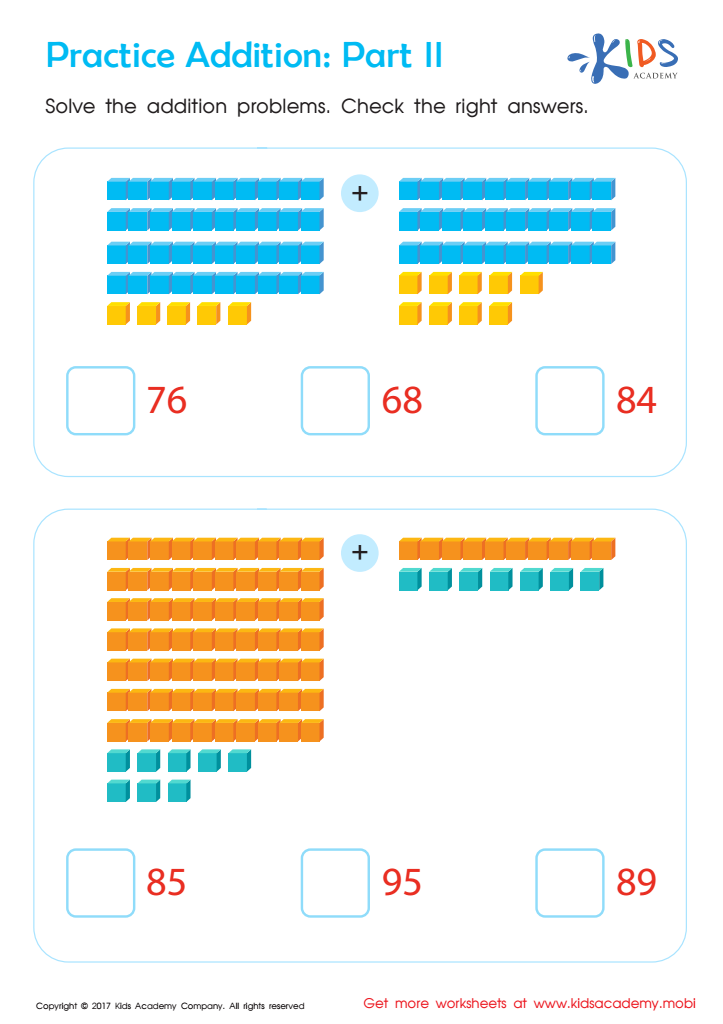

Practice Addition: Part 2 Worksheet
Parents and teachers should prioritize Addition Practice Normal Place Value for children aged 5-7 because it lays the foundational skills necessary for future mathematical understanding. At this age, children are introduced to the concept of numbers and their relationships, which is crucial for building a strong number sense. Mastery of addition within the context of place value helps them understand how numbers are constructed. For example, recognizing that the number 23 consists of two tens and three ones aids in visualizing the addition process, facilitating mental calculations and promoting confidence in math.
Additionally, consistent practice in addition and place value enhances problem-solving skills and logical reasoning. When children grasp these concepts, they are better equipped to tackle more complex mathematical ideas as they progress through school. Early interventions and support in these areas can also bridge any learning gaps, ensuring all students have an equal opportunity to succeed.
Real-life applications further illustrate the importance: understanding addition and place value can help children handle simple budgeting, using money, and even basic time management. Thus, fostering these skills at an early age equips children not just for academic success, but also for everyday situations they will encounter through life.
 Assign to My Students
Assign to My Students
